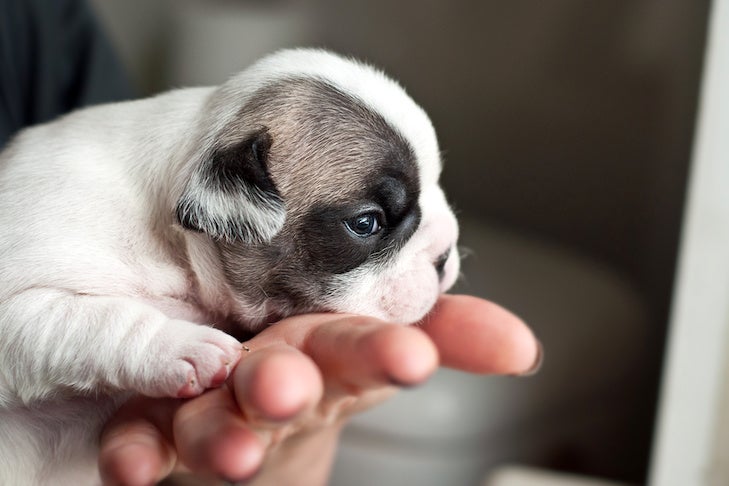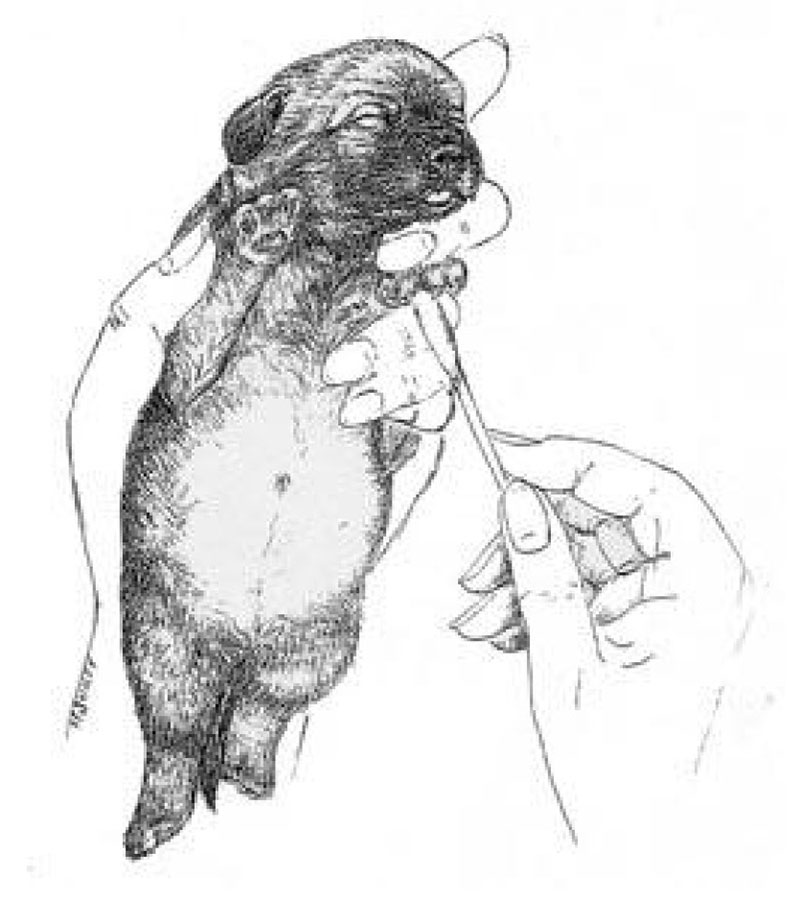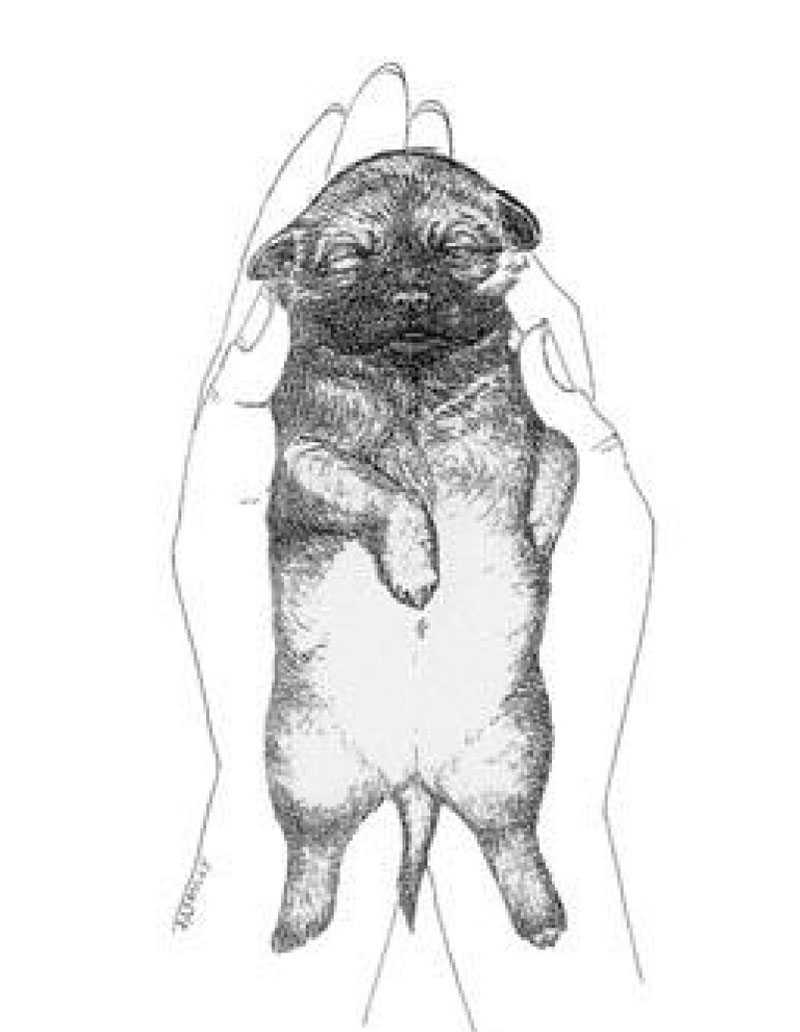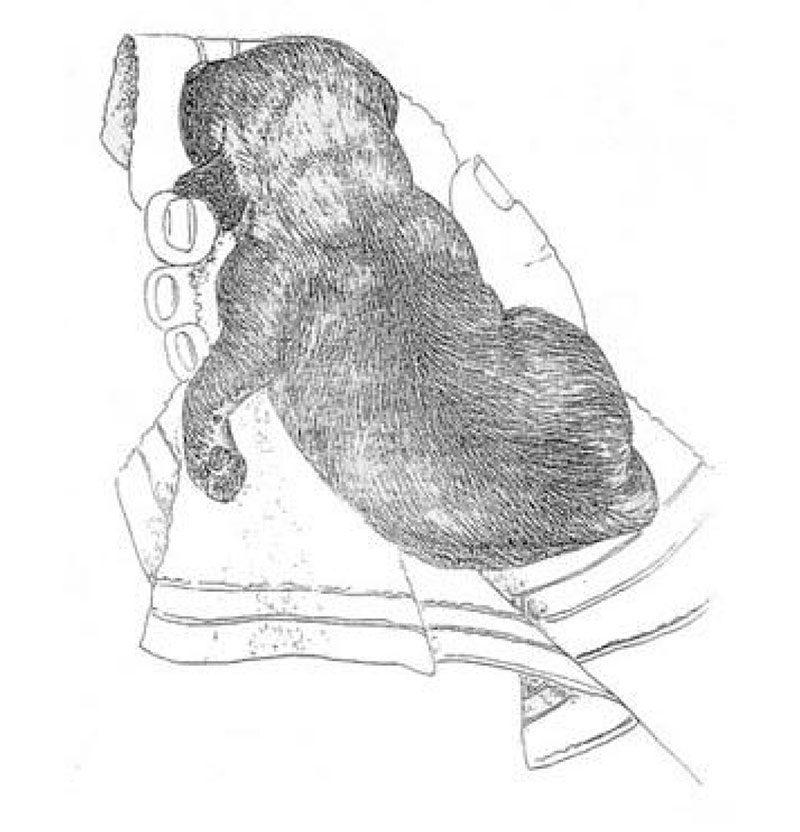Socializing puppies has traditionally been considered the responsibility of the new owner. We instruct them to take the puppy to classes and make sure they are exposed to a variety of people and situations.
But more research shows that encouraging a stable temperament can start even before puppies are born. Breeders can do a lot to make sure their puppies have a great start on being more adaptable to all the situations they will encounter in life. We look at the first three weeks of the puppies’ lives.
The First Three Weeks
The first three weeks of a puppy’s life are a crucial time. Puppies are very helpless at this stage. Their eyes do not open until around 10 days, and the sense of hearing starts around 2 weeks. Mama dog does most of the work at this stage, and your job is to keep everyone warm, safe, and clean.
The most important way to interact with your litters during this phase is by touch. Your puppies should be gently handled and stroked at least two times a day so they learn that human touch is a pleasant experience.

Early Neurological Stimulation
In addition, some breeders include the Early Neurological Stimulation (ENS) exercises, which are conducted once daily from the third to the 16th days, a period believed to be a time of rapid neurological growth and development. Even though puppies are very immature during this time frame, they are sensitive and respond to ENS.
The US Military developed this method designed to improve the performance of future military working dogs, according to the Breeding Better Dogs program developed by Dr. Carmen Battaglia, esteemed breeder, judge, seminar presenter, and AKC board member.
ENS requires handling the puppies one at a time while performing a series of five exercises. Listed in order of preference, the handler starts with one pup and stimulates it using each of the five exercises. The handler completes the series from beginning to end before starting with the next pup. The handling of each pup once per day involves the following exercises:1. Tactile stimulation – Holding the pup in one hand, the handler gently stimulates (tickles) the pup between the toes on any one foot using a Q-tip. It is not necessary to see that the pup is feeling the tickle. Time of stimulation 3 – 5 seconds.

2. Head held erect – Using both hands, the pup is held perpendicular to the ground, (straight up), so that its head is directly above its tail. This is an upwards position. Time of stimulation 3 – 5 seconds. 
3. Head pointed down – Holding the pup firmly with both hands the head is reversed and is pointed downward so that it is pointing towards the ground. Time of stimulation 3 – 5 seconds.

4. Supine position – Hold the pup so that its back is resting in the palm of both hands with its muzzle facing the ceiling. The pup while on its back is allowed to sleep. Time of stimulation 3-5 seconds. 
5. Thermal stimulation— Use a damp towel that has been cooled in a refrigerator for at least five minutes. Place the pup on the towel, feet down. Do not restrain it from moving. Time of stimulation 3-5 seconds.

It is extremely important that you do not repeat the exercises more than once per day and do not extend the time beyond that recommended for each exercise. Over stimulation of the neurological system can have adverse and detrimental results.
What Does ENS Do?
When performed correctly, ENS is believed to impact the neurological system by kicking it into action earlier than would be normally expected, the result being an increased capacity that later will help to make the difference in its performance, according to Breeding Better Dogs. ENS is time sensitive and must be performed from the third to the 16th days of a puppy’s life.
The exercises are not a substitution for daily handling and stroking of young puppies.
Five benefits have been observed in canines that were exposed to ENS, including improved cardio vascular performance (heart rate); stronger heart beats; stronger adrenal glands; more tolerance to stress; and greater resistance to disease.
In tests of learning, ENS stimulated pups were more active and exploratory than their non- stimulated littermates, according to Breeding Better Dogs.

